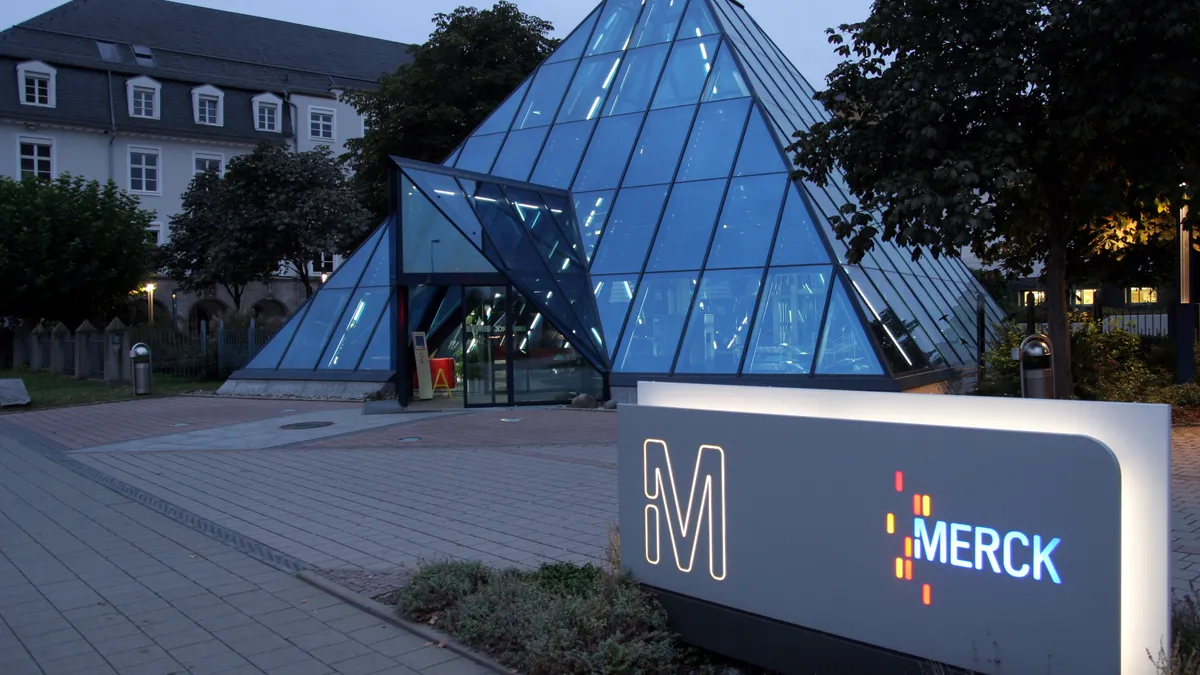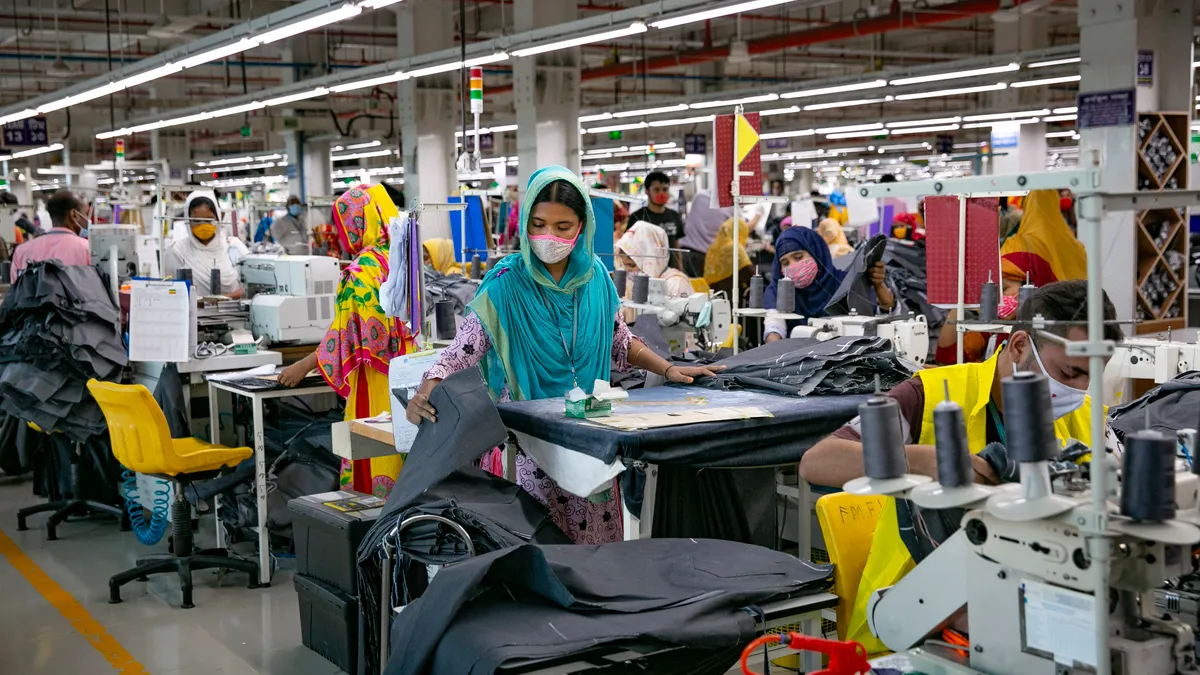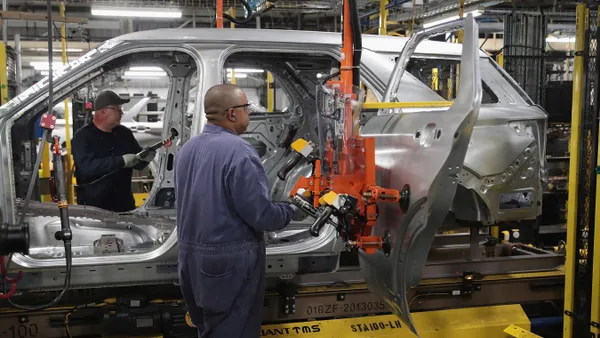Correction: In a previous version of this article, it was reported Merck custom coded FusionOps' software.
Dive Brief:
- German pharmaceutical provider Merck KGaA intends to deploy sensors, coupled with a machine learning program, to improve agility in its inventory and distribution processes, The Wall Street Journal reported Tuesday.
- The company's CIO considers the new FusionOps software-based system akin to a self-driving car: able to react quickly, independently and effectively to market changes. Pilot runs show the technology is 80% more effective than humans in demand planning processes.
- The software allows Merck to change forecasts immediately based on far-off events, like hospital fires or natural disasters, that could impact demand for pharmaceuticals. The company expects to implement the technology for every day use in 2017.
Dive Insight:
Agile demand planning can make the difference in deals with medical providers in the competitive pharmaceutical market.
For example — less than a month ago Merck & Co (unaffiliated with Merck KGaA) stated it would ramp up production of a bladder cancer drug after competitor Sanofi Pasteur announced it would stop producing the treatment in 2017. "Manufacturing-quality" lapses have long caused short supply of the drug from both companies, BioPharma Dive reports.
Merck KGaA's adoption of the technology seeks to take advantage of these micro-disruptions by placing "sensors" throughout its supply chain that would gather data about inventory distribution practices and availability for every SKU, thereby providing end-to-end visibility and allowing the company to steal fractions of market share at a time for its more generic pharmaceuticals and medical devices.
Merck KGaA's CIO notes the technology should also help liberate current demand planners away from rote SKU monitoring, toward more complex tasks, such as algorithm generation for the automated technology. Most companies deal with hundreds, if not thousands of SKUs, leaving many to prioritize demand planning processes for their A-type products, and missing opportunities to optimize their other products. Machines, meanwhile, can simultaneously monitor and plan for these B and C type products.
However, every technology implementation must be completed in baby steps. First, companies like Merck KGaA must be able to collect the data per SKU they seek to monitor – enter the importance of sensors.
A recent survey reveals sensors are proliferating among supply chains in general, with 44% of the 900 respondents having already adopted the technology. Such an adoption rate nearly equals that of cloud computing and storage in popularity, and with effectiveness preceding popularity, sensors seem to have already been found worthy.
Whether sensors will be adopted even more widely depends on two things: their deployment as a part of risk management versus the supply chain, and cost, although prices have dropped significantly in recent years. However, the accuracy and agility with which sensors can manage a supply chain continue to help their adoption.














